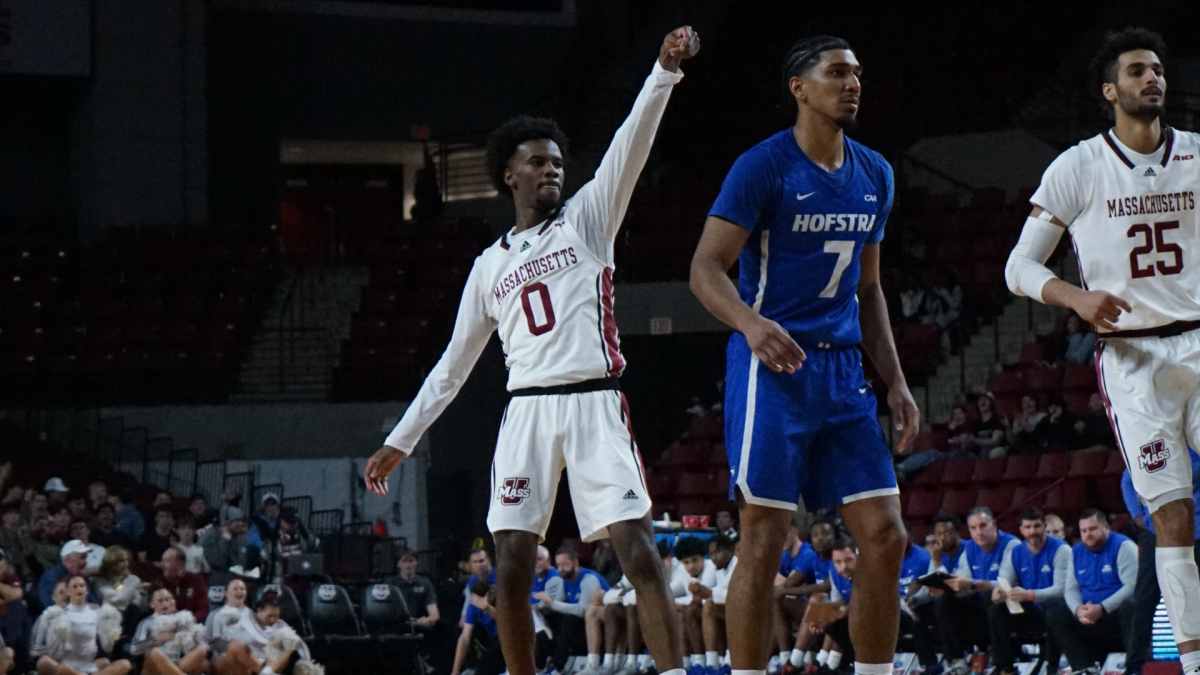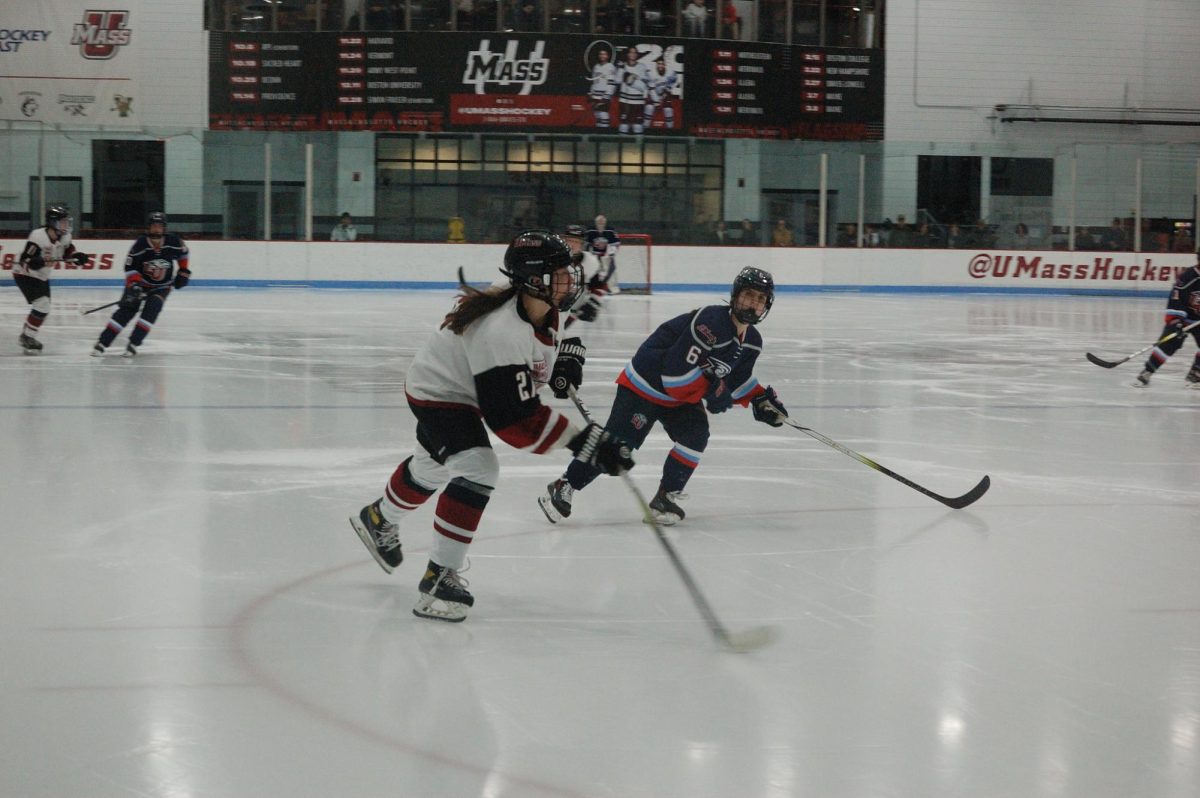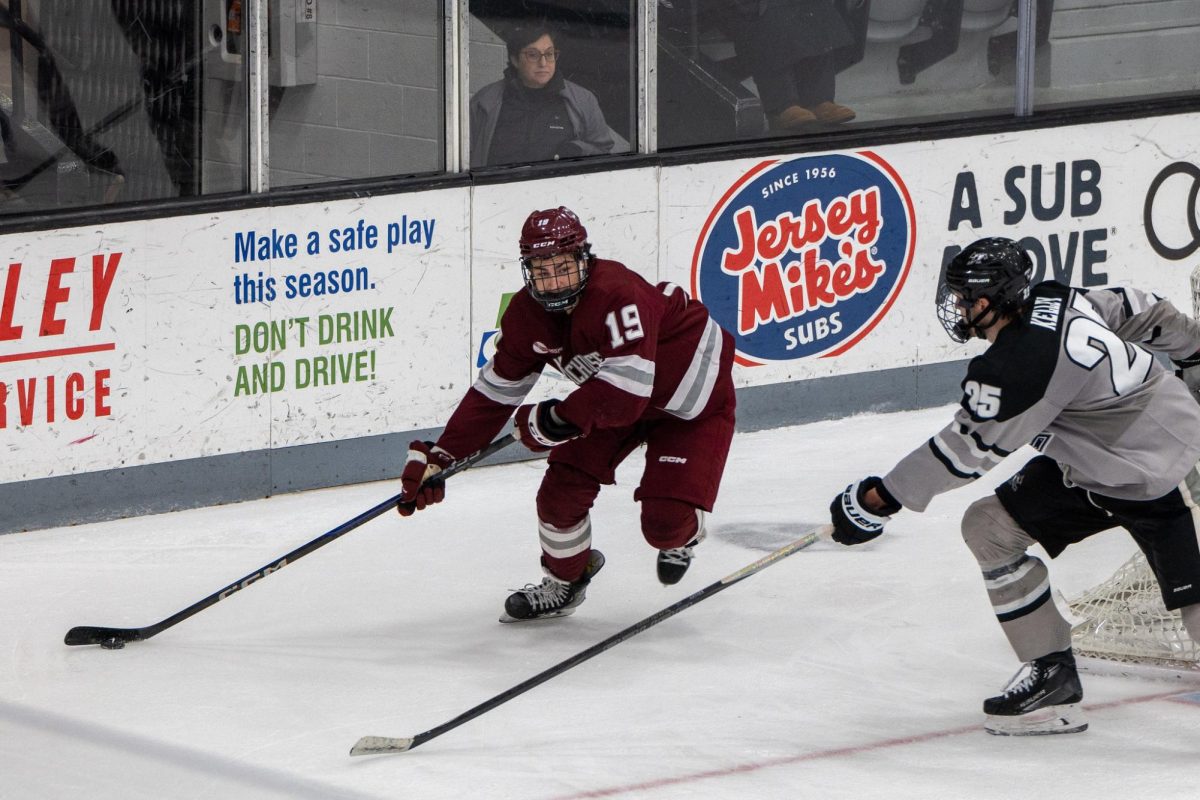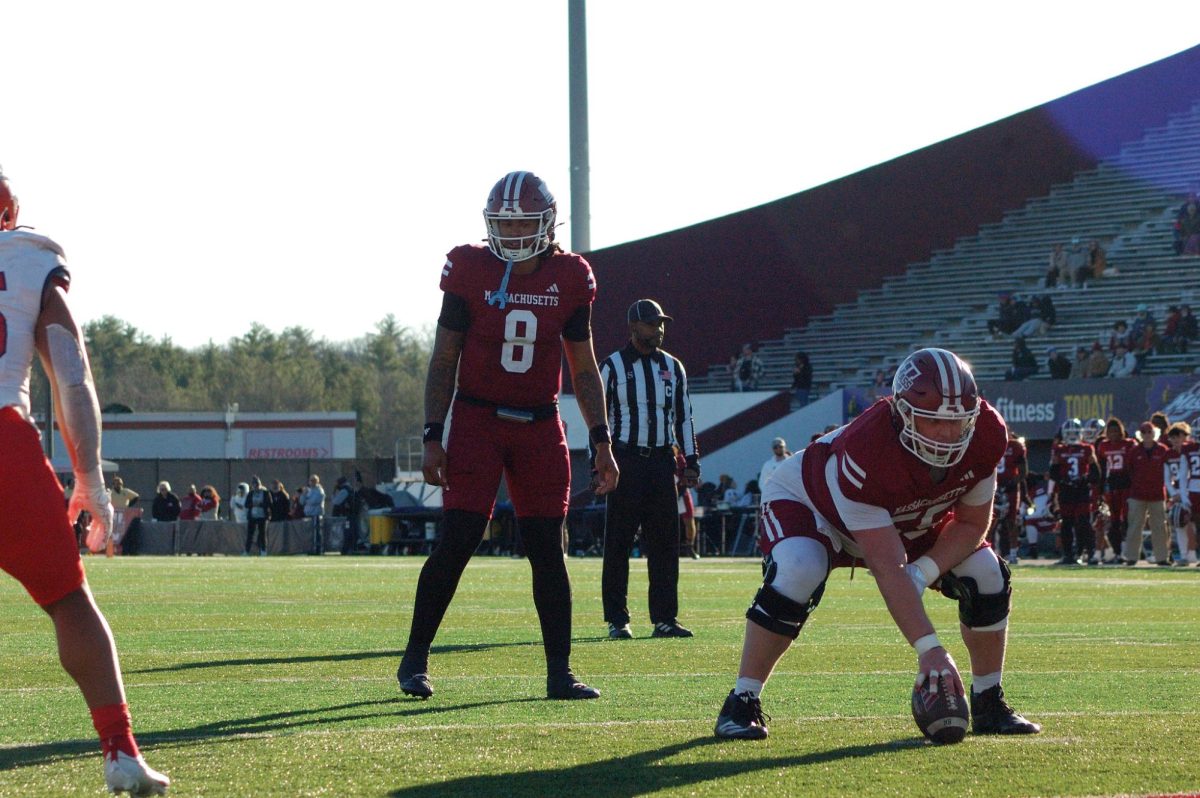The sun beats down on the blood-orange court at Philippe-Chatrie, as 14-time French Open champion Rafael Nadal steps up to the line for a serve. He sweeps the baseline before clearing the clay off the bottom of his shoes. He taps his shoes three times with his racket, then chooses a ball to serve.
With his left hand, he begins bouncing the chosen ball. With his right, he removes the wedgie from his shorts then taps his left shoulder, right shoulder, nose, left ear and right ear. He rubs the sweat off his face and throws the ball in the air … before catching it and starting over. His pre-serve routine needed to be flawless, and he’d forgotten to swipe his nose a second time.
Athletes don’t like to talk publicly about their superstitions, but superstitious rituals have always been central to sports. Most fans are familiar with Lebron James’ famous chalk toss before a game, how Jayson Tatum always wears socks inside out or Bjorn Borg’s annual habit of grooming his beard for Wimbledon. These superstitions have become integral parts of players’ identities and legacies, with some even convinced they will not win unless these superstitions are met.
But do they actually work? In 2006, psychology Professor Dr. Paul Van Lange conducted a study examining the benefits of superstitions in professional sports. He concluded that athletes are more likely to perform superstitious rituals when playing in important games, whilst also gaining confidence in the form of a psychological placebo. He also found that these athletes are less self-confident and experience higher levels of psychological tension before games.
Many athletes include superstitious rituals into their daily lives for exactly this purpose: to gain a sense of confidence they would otherwise not have.
Experts agree that superstitions in sports begin when an athlete correlates a random occurrence with their performance in a game. If an athlete has a good performance, it is not uncommon for them to associate this random occurrence with their success to the point that they add it to their daily routine. This leads them to recreate the circumstances leading up to it to try and recreate the result.
Rituals can range from straightforward warm-up routines to an elaborate series of actions. Tennis superstar Serena Williams has her own meticulous pre-match rituals, including specific stretches and the way she ties her shoes, all aimed at enhancing her focus and performance. Three-time Super Bowl champion Patrick Mahomes has famously worn the same pair of underwear in every one of the 124 NFL games he’s played. NBA MVP and champion Giannis Antetokounmpo practices a long and complicated 10 second routine whenever he shoots a free throw in a game, with the goal of increasing his less-than-stellar free throw percentage.
Rituals performed by professional athletes also tend to inspire young fans to adopt similar superstitions. When I first found out about Jayson Tatum’s inside-out socks, I began to wear mine the same way, because if it worked for Tatum, it would surely work for me. And it did for the most part. I became more confident in my skills as a basketball player and eventually became a starter on my team.
Superstition not only applies to individual athletes, but entire teams. The University of Massachusetts’ athletics teams have a long-standing tradition of playing the song “The Imperial March” when introducing away teams’ lineups. They do this to boost the home team’s morale, creating a “good” vs “evil” dynamic during games.
The Chicago Cubs, for example, have a rich history of rituals tied to breaking the infamous “Curse of the Billy Goat.” The “curse” started in 1945, when local fan William Siannis attempted to bring his pet goat into game four of the World Series between the Cubs and the Detroit Tigers. Siannis was not allowed into the game with his goat, and thus declared the team would never win a World Series again as long as the goat was not allowed in the stadium. The Cubs went on to lose the series and would not come back to the finals until 2016, when they finally lifted the Commissioner’s Trophy once again.
While superstitions might not directly enhance an athlete’s skills, the psychological lift they provide can be significant. Athletes who feel secure and confident are likely to perform better. However, it’s worth noting that an over-reliance on these beliefs can lead to anxiety or obsessive behaviors. NHL goalie Glenn Hall had a habit of vomiting before every game as he believed he would lose if he didn’t, going as far as asking his coaches to not play him if he hadn’t.
Whether superstitious rituals statistically make athletes play better, they certainly help get them in the headspace they need to believe they will win.
Nadal begins his serving routine once again. The serve timer is almost out, so he’s dangerously close to a time violation. He goes through all the steps again, but this time remembers to touch his nose twice. He throws the ball in the air and sends it straight down the line towards his opponent, who fails to make contact.
Would he have made the ace if he hadn’t repeated the routine? We will never know. But for Nadal, it doesn’t matter – he won the point.
Gustavo Atencio Flores can be reached at [email protected]




















